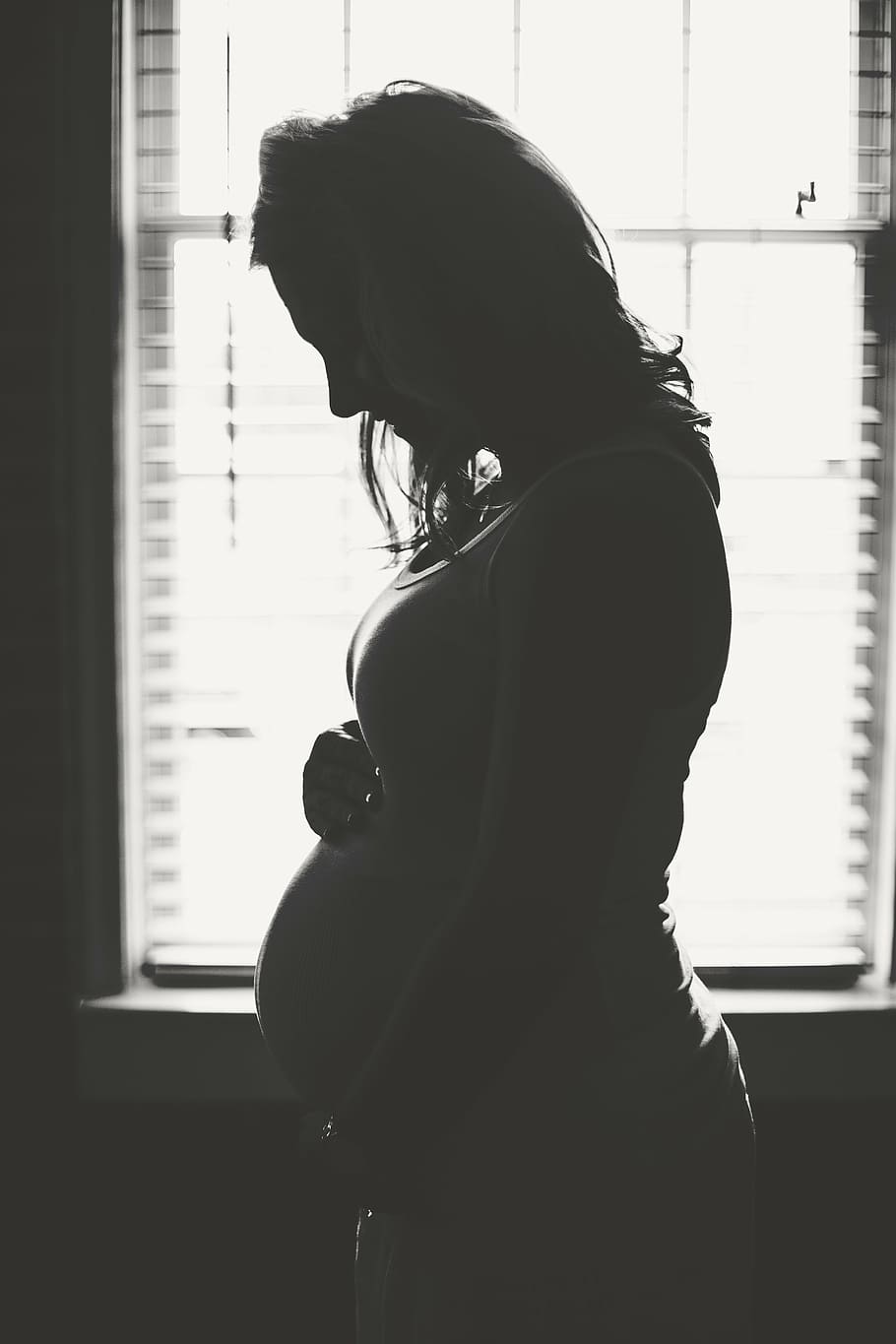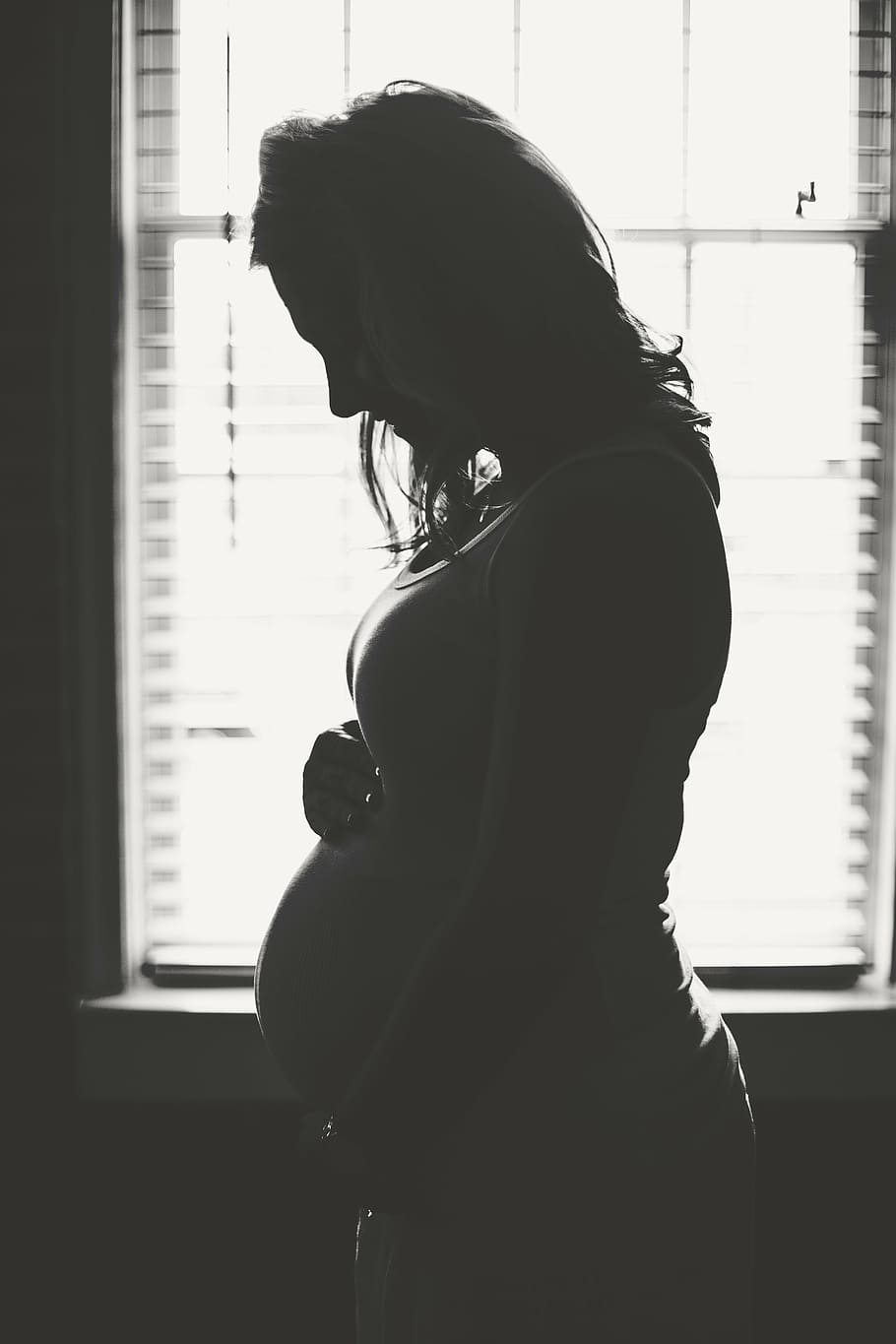The all encompassing question on a late stage pregnant person’s mind: how will I know when I am in labour?! A common answer you will hear to this question is “You will know, TRUST ME!” This answer can be quite frustrating, particularly during a first pregnancy when you have no idea what to expect, and the anticipation of what is to come can be maddening. However, there are many other signs to look for before the strong contractions begin.

Mucous Plug
The mucous plug is a gelatinous substance that literally plugs your cervix. It developed inside your body as a barrier in your cervix to protect the baby from outside bacteria and infection. As your cervix begins to soften, thin, and dilate, the plug will fall out. The plug can often be found either in the toilet or wiped on toilet paper after urinating. Although the mucous plug falling out is a definite sign that labour is on its way, labour can still be days, even weeks away. Take comfort though, this may be an early sign, but it is definitely a sign that your body is doing exactly what it is supposed to be doing!
Water Breaking
How many movies have you seen where the pregnant person suddenly experiences their water breaking as a huge gush? Water all over the floor as their friends back away in shock? Sorry to burst your “bubble”, but this is not necessarily an accurate depiction of reality. A spontaneous rupture of membranes (SROM) actually often happens in bed or even in the toilet, and anytime between prelabour and active labour. If you’re in bed and you’re not sure if it’s urine or if it is in fact your waters (at this stage, yes, it very well might be urine), try getting up and going to the bathroom – the waters will continue to trickle while lying down because the weight of the baby is no longer blocking the cervix. It is true that only 10-15% of women will have their waters break on their own; other times, your medical care provider will need to artificially rupture the membranes for you. This is done with an amnihook, which pierces the amniotic sac and can induce labour. In some rare cases, babies are born en caul, meaning they are born fully encased in their amniotic sac!
Bowels Emptying
Another common sign of pre-labour is frequent bowel movements, including diarrhea. As your due date approaches, your body will automatically begin to prepare: the necessary hormones will release, and your muscles will begin to relax as your uterus prepares for the big day – this, unfortunately, includes the muscles in your bowels. Although if you begin to have diarrhea weeks before your due date, don’t panic! Diarrhea alone is not a for-sure sign that baby is on its way. Just remember to keep yourself hydrated with water and drink some juice to replenish your electrolytes and provide your body with additional potassium. Pro tip: a banana can also help immensely!
Braxton Hicks
Braxton Hicks contractions can come on any time during the third trimester. They can be mild, causing slight discomfort as baby moves around or after a meal; they can also be quite painful, causing you to stop what you are doing (for example walking) or switch positions (go from sitting to standing). The biggest difference between Braxton Hicks and labour contractions is the frequency – labour contractions will begin to make a pattern by getting more intense and will come on closer together; Braxton Hicks do not establish a regular pattern, and will often ease off if you stop what you are doing or switch positions.
Nesting Instinct
Your due date is closing in, and suddenly you feel a desperate need to wash the curtains, vacuum the carpets, reorganize the baby’s room, clear out additional closet space, scrub the grout in the bathroom, AND cook a bunch of freezer meals from the recipes you saved on Pinterest 3 years ago. That’s right, you’re nesting! Your body is doing all of the work by growing the baby inside of you, so now it’s time for your mind to do some work. At 39 weeks pregnant. At 9pm at night.
This nesting instinct will kick in harder in some more than others, but it does not mean you are going to be any less of a good parent. You are filled with anticipation of what is to come any day now, and the most productive way your mind knows how to do that is to get things ready. Just try to get as much rest as you can; if you do start cleaning, remember to try to take it easy, stay hydrated, and ask for help.
Cervix Dilation
The most important thing I want to say about the cervix is that it is not the only indication of progress. I repeat, IT IS NOT THE ONLY INDICATION OF LABOUR PROGRESS! You see it all the time on TV or in movies – the nurse comes in the room during the thralls of a really strong contraction to check how far dilated the birthing person is, and it turns out the birthing person is only 4cm dilated, to which they respond with disbelief and frustration that they aren’t further along.
Cervical dilation is only one aspect of SO MANY important changes that happen in the body before baby can make their grand appearance. For example, the mentioned signs listed above; the uterus and the cervix also need to go through drastic changes either BEFORE the cervix dilates or WHILE the cervix is dilating:
- the uterus needs to go from pointing towards the back (posterior) to pointing towards the front (anterior)
- the cervix needs to start ripening, or softening (from feeling tougher like your nose to feeling softer like your cheek)
- the cervix needs to efface, or thin out (it goes from feeling like two fingers thick to feeling paper thin)
Your body knows what to do! Trust in the signs that your body is telling you. Trust yourself. Trust your instincts.

View comments
+ Leave a comment